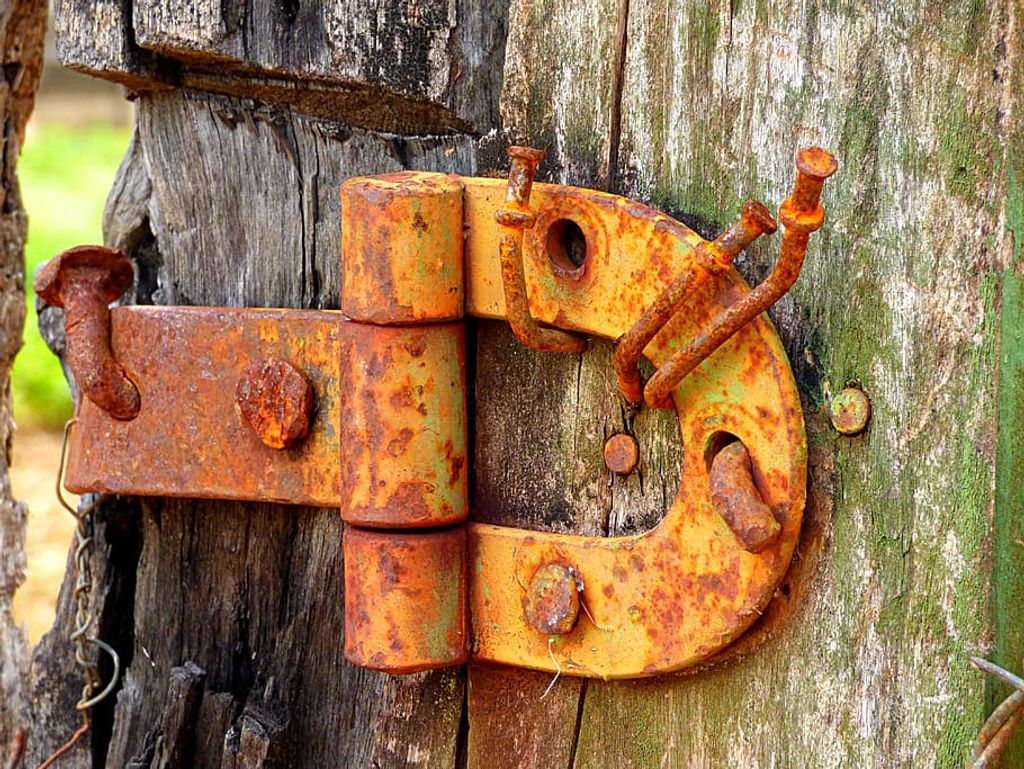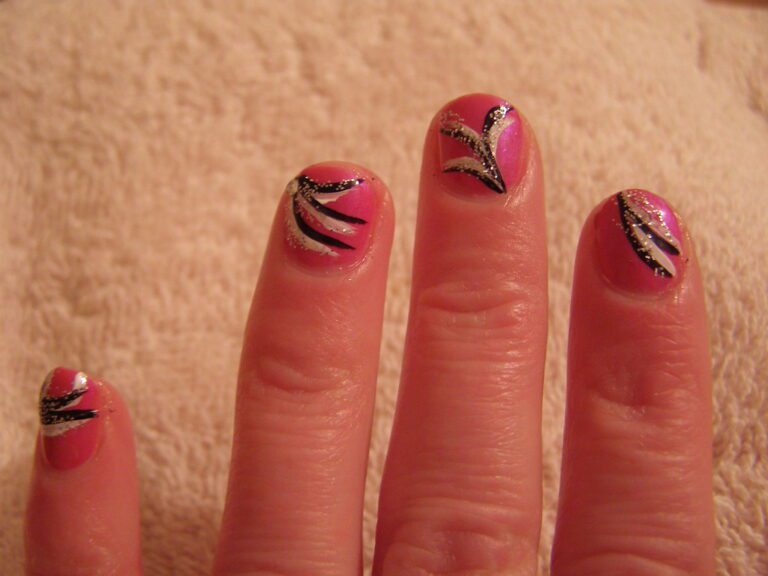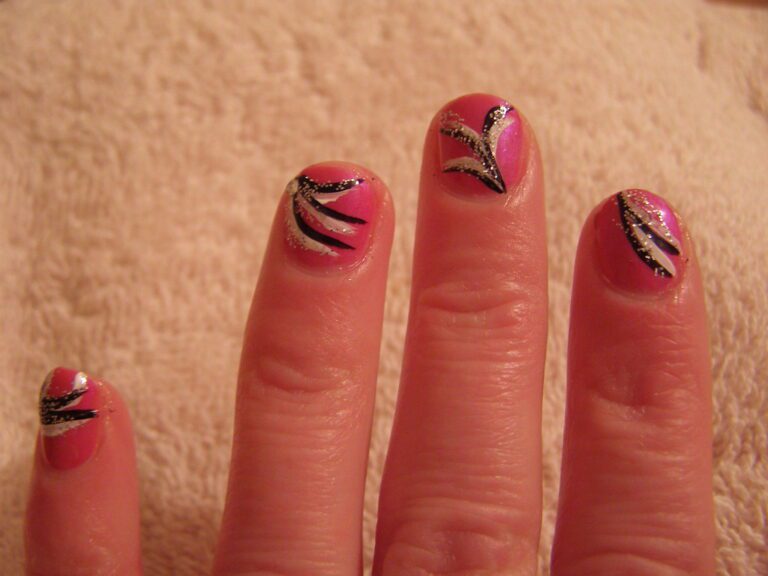“Recycle Revolution: Can Nails Be Recycled?”
In the world of sustainability and environmental conservation, the recycling of materials plays a crucial role. Nails, commonly used in construction and manufacturing, are an important component of various structures and products. This article explores the possibility of recycling nails and the potential impact it could have on reducing waste and preserving resources.
Key Takeaways
- Recycling nails can significantly reduce the environmental impact of nail waste by preventing them from ending up in landfills.
- Innovative technological advancements in metal recycling have the potential to revolutionize the nail recycling process and make it more efficient.
- Guidelines for recycling nails at home and in construction, if followed diligently, can contribute to the overall effort of reducing nail waste.
- Government policies and industry initiatives play a crucial role in promoting and incentivizing nail recycling, leading to a more sustainable approach in manufacturing and construction.
- Effective nail recycling programs can be established through collaborative efforts between households, construction sites, and recycling facilities, creating a comprehensive approach to nail waste management.
Understanding the Composition of Nails

Materials Used in Nail Manufacturing
The primary material used in the manufacturing of nails is low carbon steel wire, which is derived from high-quality wire rods or coils. This type of steel is chosen for its malleability and strength, making it ideal for producing a variety of nail sizes and shapes. Nails can range from small, precise wire nails to larger common nails, each serving different purposes in construction and carpentry.
Quality of the raw material is paramount, as it directly affects the nail’s durability and performance. Manufacturers often adhere to strict standards to ensure that the nails produced are of consistent quality and can withstand the rigors of their intended use.
Tip: When selecting nails for a project, consider the material and manufacturing quality to ensure optimal performance and longevity.
The Lifecycle of a Nail
The lifecycle of a nail encompasses various stages, from its manufacturing to its eventual disposal or recycling. Initially, nails are produced in factories, where raw materials are shaped, cut, and sometimes coated to prevent corrosion. Once they leave the factory, nails are distributed for use in construction, carpentry, and other industries.
During their use, nails can undergo significant stress, leading to wear and tear. Some may be reused multiple times, while others become damaged or too worn to be functional. At the end of their useful life, nails enter the disposal phase. Here, the fate of a nail is determined by the availability of recycling programs and the awareness of the end-user.
- Proper disposal or recycling of nails is crucial to minimize environmental impact.
- Nails that are not recycled add to the growing problem of metal waste.
Recycling nails not only conserves valuable resources but also reduces the need for new raw material extraction, thereby lessening environmental strain. By understanding the lifecycle of a nail, we can better appreciate the importance of responsible disposal and the potential benefits of recycling these small but ubiquitous items.
The Current State of Nail Recycling

Challenges in the Recycling Process
Recycling nails presents several challenges that can hinder their reclamation and reuse. One of the primary issues is the contamination of metal nails with other materials, such as adhesives or coatings, which complicates the recycling process. Additionally, the small size of nails often means they are lost in the sorting process at recycling facilities, leading to a lower recovery rate.
Another significant challenge is the lack of specialized recycling programs for nails. Unlike larger metal items, nails do not have dedicated recycling streams, making it difficult for both consumers and construction businesses to properly dispose of them. This often results in nails being mixed with general waste, which contributes to landfill growth.
Tip: To improve the recycling rate of nails, it is essential to separate them from other waste streams and ensure they are clean and free of contaminants before recycling.
Efforts to overcome these challenges include the development of better sorting technologies and the establishment of targeted recycling initiatives. However, the success of these efforts largely depends on increased awareness and participation from the public and industry stakeholders.
Recycling Programs and Their Effectiveness
Recycling programs for nails have made significant progress in recent years, with a focus on increasing collection rates and improving the efficiency of the recycling process. Innovative technologies have been implemented to enhance the sorting and processing of nail waste, leading to higher recycling rates and reduced environmental impact. Additionally, partnerships with metal recycling facilities have enabled the development of specialized processes for nail recycling, ensuring that the recovered materials can be reintegrated into new products.
Environmental Impact of Nail Waste

Consequences of Improper Disposal
The improper disposal of nails can lead to a range of environmental and health issues. When nails are not recycled or disposed of correctly, they can end up in landfills or, worse, in natural habitats where they pose a risk to wildlife. Nails that find their way into the soil can lead to soil contamination, affecting plant growth and soil health.
In addition, nails that end up in water bodies can contribute to water pollution. This not only affects aquatic life but can also have far-reaching consequences on human health if these pollutants find their way into drinking water supplies. It’s important to recognize that even small items like nails can accumulate and cause significant environmental damage over time.
Tip: Always ensure that nails and other metal scraps are disposed of in designated recycling bins or taken to a recycling facility to prevent environmental contamination.
Reducing the Carbon Footprint of Nail Production
The production of nails, like any manufacturing process, contributes to carbon emissions. However, efforts to reduce the carbon footprint in nail production are gaining traction. By adopting more energy-efficient manufacturing techniques and utilizing renewable energy sources, the industry can significantly lower its environmental impact.
Tip: Consider implementing water-saving practices in nail salons, as conserving water not only saves a vital resource but also reduces the carbon footprint associated with wastewater treatment.
Innovations such as LED lighting in salons also play a role in minimizing energy consumption. This not only leads to a reduction in carbon emissions but also enhances the sustainability of the nail care industry. Here are some steps that can be taken:
- Transitioning to low-emission transportation for distribution
- Investing in energy-efficient equipment
- Sourcing materials from suppliers with sustainable practices
These measures, while seemingly small, can collectively make a substantial difference in the effort to combat climate change.
Innovative Approaches to Nail Recycling

Technological Advancements in Metal Recycling
Technological advancements in metal recycling have revolutionized the efficiency and sustainability of the process. Innovations such as automated sorting systems and advanced metal recovery techniques have significantly improved the quality and quantity of recycled metal. These advancements have also led to a reduction in energy consumption and waste generation, making metal recycling a more environmentally friendly practice. Additionally, the integration of digital technologies has streamlined the tracking and monitoring of metal recycling operations, enhancing transparency and accountability within the industry.
Case Studies: Successful Nail Recycling Initiatives
Exploring various case studies reveals the tangible benefits of nail recycling initiatives. One notable example is the Green Nails Project in Sweden, where a comprehensive system for collecting, sorting, and recycling construction nails has been established. This initiative has not only reduced waste but also created a closed-loop system, ensuring that the materials are reused in the production of new nails.
Another success story comes from the Nail Recycle Plus program in Japan, which focuses on the collection of household nails. By providing convenient drop-off points and raising awareness about the importance of metal recycling, this program has seen a significant increase in participation rates.
Tip: Always check with your local recycling center for specific guidelines on recycling nails to ensure they are processed correctly.
These case studies exemplify the potential for scalable and sustainable nail recycling practices that can be replicated in other regions, paving the way for a more environmentally conscious approach to nail waste management.
Guidelines for Recycling Nails at Home and in Construction

Best Practices for Households
When recycling nails at home, it is important to separate them from other recyclable materials to prevent contamination. Use a designated container for collecting nails, and ensure that it is properly sealed to avoid spillage. Additionally, consider consulting local recycling facilities for specific guidelines on nail recycling. For construction sites, implement a waste management plan that includes a designated area for nail collection and recycling. Train construction workers on proper nail disposal and recycling procedures to minimize waste.
Recycling Protocols for Construction Sites
When it comes to recycling nails at construction sites, it’s essential to implement a waste management plan that focuses on reducing, reusing, and recycling materials. This involves providing training and awareness to construction workers and collaborating with waste management services to ensure proper disposal and recycling of nails and other construction materials. By following these guidelines, construction sites can significantly contribute to waste minimization efforts and promote environmental sustainability.
The Role of Government and Industry in Promoting Nail Recycling

Policy Measures and Incentives
Governmental entities play a pivotal role in shaping the landscape of nail recycling through the implementation of policy measures and incentives. These policies can significantly influence both the supply chain and consumer behavior, encouraging the adoption of more sustainable practices.
- Regulatory Frameworks: Establishing regulations that mandate recycling can compel industries to invest in the necessary infrastructure. For example, extended producer responsibility (EPR) laws require manufacturers to be accountable for the end-of-life management of their products.
- Financial Incentives: Subsidies, tax breaks, and grants can be powerful motivators for businesses to develop and implement recycling programs. These incentives can offset the initial costs and risks associated with recycling ventures.
- Public Awareness Campaigns: Educating the public about the importance of recycling can lead to increased participation rates and support for recycling initiatives.
Tip: Always check local regulations and incentives available in your area to maximize the effectiveness of your recycling efforts.
The success of these policies is often reflected in the increased rates of recycling and innovation in waste management strategies. It is essential for governments to continuously review and adapt these measures to ensure they remain effective in promoting sustainability.
Corporate Responsibility and Sustainability Goals
Corporate responsibility and sustainability goals play a crucial role in promoting nail recycling. Companies in the beauty industry are increasingly focusing on sustainability and environmental impact. This commitment is evident in the strategic priorities of many organizations, such as TAKARA BELMONT Co., Ltd., which aims for a sustainable society. The partnership of beauty brands with nail care professionals also contributes to the development of exclusive nail collections. Additionally, the US EPA emphasizes the benefits of recycling, highlighting the process of collecting and processing materials to turn them into new products. This aligns with the commitment of companies like ECOWISE™ to bring sustainable solutions to the market. The collaboration between industry players and government bodies is essential for driving the adoption of nail recycling programs and achieving environmental sustainability goals. It is through these collective efforts that the beauty industry can make a significant impact on reducing waste and promoting a sustainable future.
In today’s world, the role of government and industry in promoting nail recycling is more important than ever. As the nail industry continues to grow, so does the need for sustainable practices and environmental responsibility. Government policies and regulations play a crucial role in encouraging nail salons and manufacturers to adopt recycling initiatives and reduce waste. Industry leaders also have a responsibility to innovate and develop sustainable solutions for nail waste. At NAILinspire.com, we are committed to promoting eco-friendly practices and inspiring the nail community to embrace recycling. Join us in our mission to create a more sustainable future for nail art and design.
Frequently Asked Questions
Can nails be recycled?
Yes, nails can be recycled. They are made of steel, which is a highly recyclable material.
How are nails recycled?
Nails are typically recycled through metal recycling facilities where they are melted down and reformed into new steel products.
What are the benefits of recycling nails?
Recycling nails reduces the demand for new steel production, conserves natural resources, and minimizes environmental impact.
Can rusty or damaged nails be recycled?
Yes, even rusty or damaged nails can be recycled. They are processed to remove impurities and then used in the production of new steel.
Are there any special considerations for recycling nails at home?
When recycling nails at home, it’s important to separate them from other waste and place them in the designated metal recycling bin or take them to a metal recycling center.
What can nails be recycled into?
Recycled nails can be transformed into various steel products such as construction materials, automotive parts, and industrial equipment.







